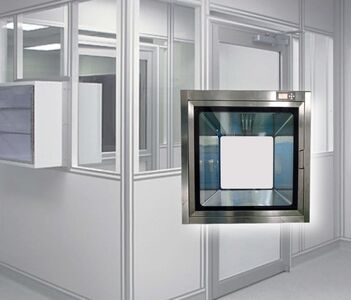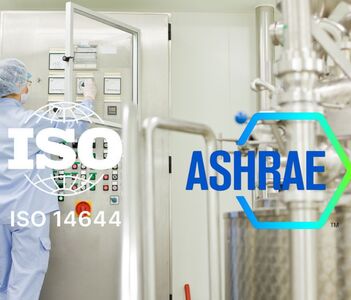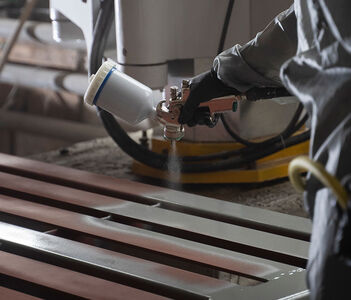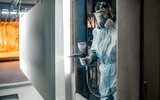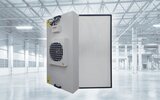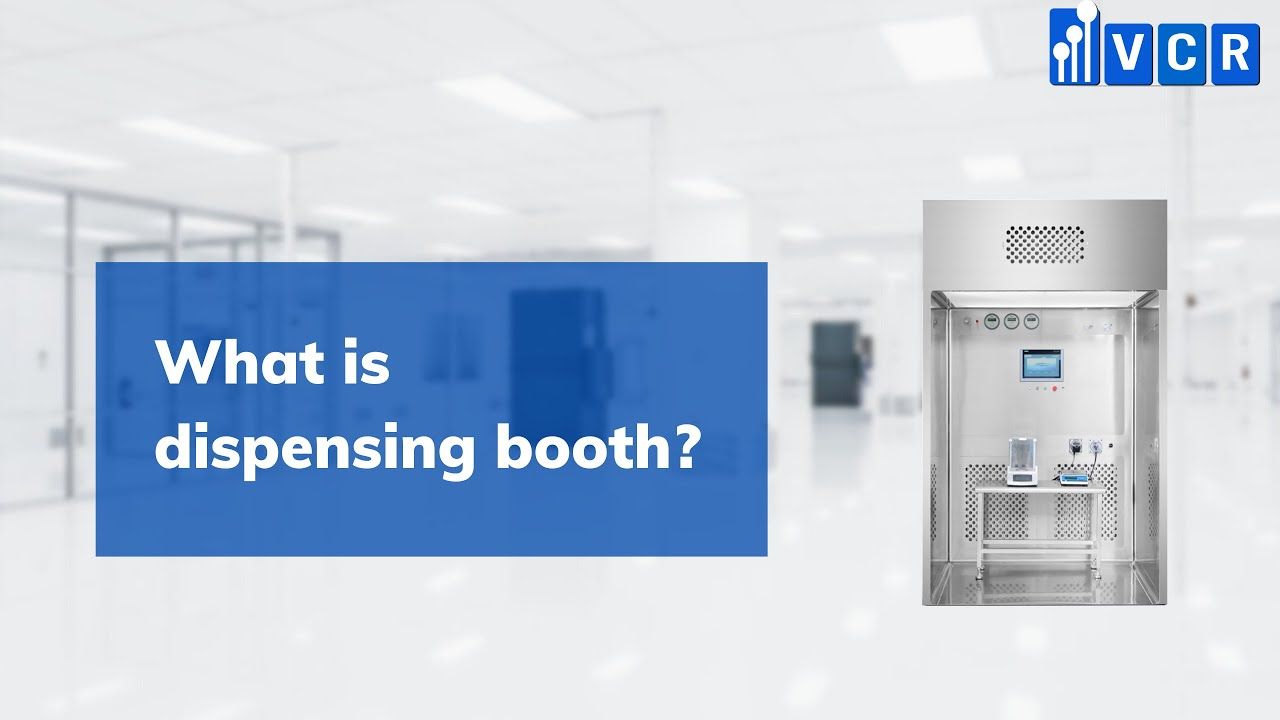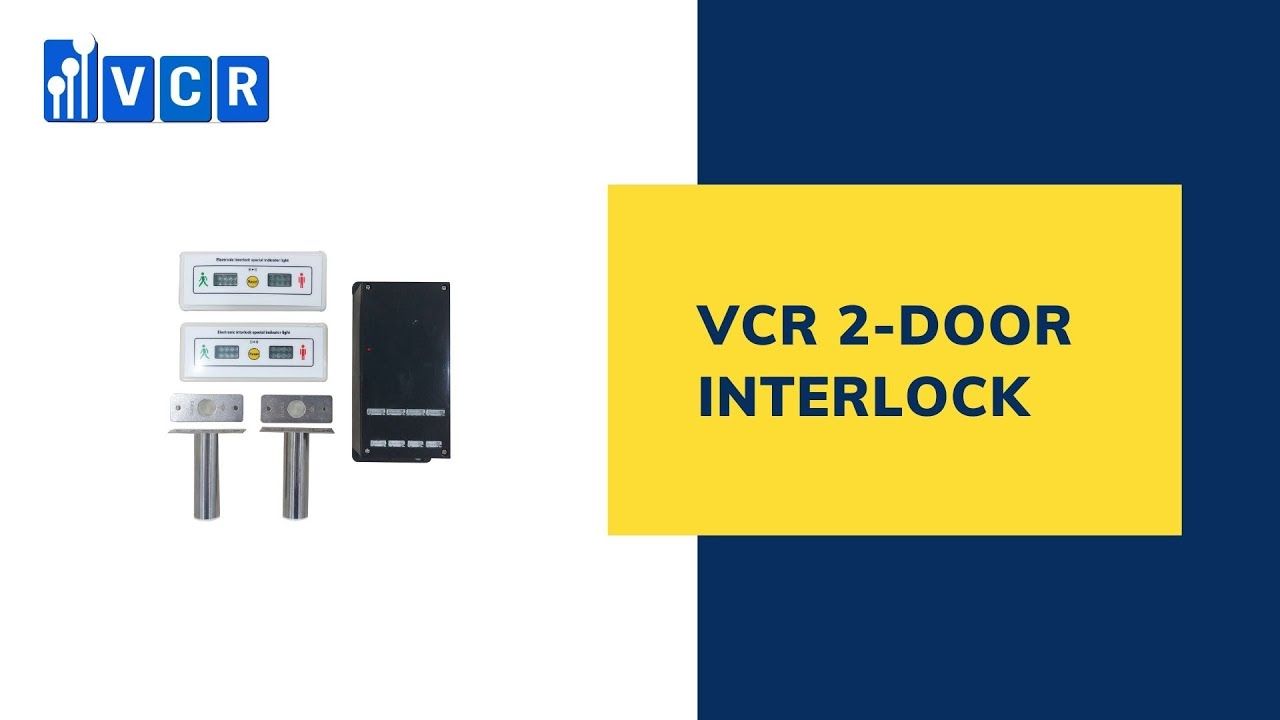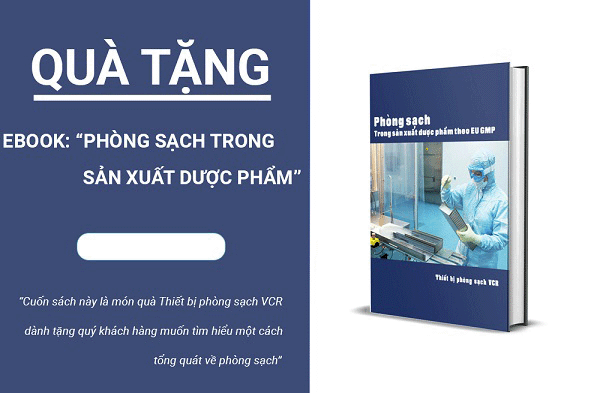Causes of moldy HEPA filters in clean rooms
The reason why HEPA filters get moldy is not only due to humid environments or improper maintenance, but also due to substandard HVAC system design. When the “lungs” of a clean room are attacked by mold, not only does the filtration efficiency decrease, but it also directly threatens the sterility of the entire production area.
Read More






